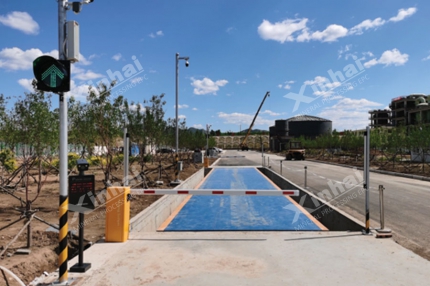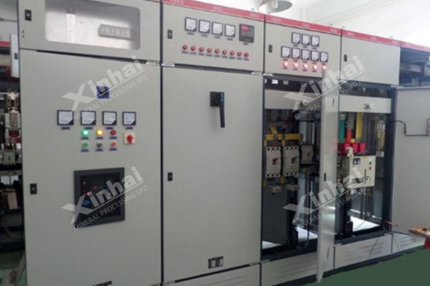In the actual production of silica, the concentrator will select different production processes according to the quality of the silica ore. Dry grinding is used for white and clean silica ore. For the yellowish silica ore, the pickling method is chosen. These two silica production processes are described in detail below.
.jpg)
Use the table of contents below to navigate through the guide:
01Production process of refined silica by dry grinding
The purity of the white and clean silica ore is high, and its production process is simple and easy to operate. The dry grinding process of silica ore includes coarse crushing, screening and fine crushing. The details are as follows:
The silica ore stored in the raw material warehouse enters the vibrating feeder, and is transported to the jaw crusher through the closed belt conveyor for coarse crushing. The crushed silica ore will then enter the belt conveyor and then be sent to the vibrating screen for further processing.Coarsely crushed silica mineral products are classified under the action of vibrating screen. The ore that meets the particle size requirements goes to the next process. The screened large-particle silica ore is returned to the crushing process for re-crushing. The small particles of silica ore obtained by screening are transported by a closed conveyor into a spring cone crusher for fine crushing. The finely crushed silica sand can be divided into different specifications according to the ore particle size.

After the above-mentioned three-step silica ore treatment process, the obtained silica sand can be lifted to the finished product warehouse by a hoist for storage. The above is the production process of dry-grinding silica.
For the yellowish silica, the treatment process is complicated due to the high impurity content. The following will introduce the production process of acid-washing silica.
02Production process of refined silica by pickling method
The pickling method is mainly used for the inferior quality secondary ore in the silica ore. These secondary ores are with distinct yellow color and require pickling bleaching. The secondary ore sand after pickling treatment can reach the quality of high-quality silica sand. Among them, the coarse crushing, sieving and fine crushing processes before pickling are basically the same as those of the above-mentioned dry grinding method. In the following, based on the dry grinding method of silica ore, the production process of producing silica by pickling method will be described in detail.
(1) Silica ore impurity removing
The dry ground silica sand is sent to a dry magnetic separator for magnetic separation through a closed belt conveyor to remove Fe2O3 in the silica sand.
The selected silica sand will be sent to the soaking tank for further impurity removal with diluted 10% oxalic acid solution. During this process, the solution needs to be heated to 50°C and soaked in silica sand for 1 h. In order to separate impurities and silica sand, it is necessary to add water purifying agent, such as a small amount of FeSO4, FeCl2 and water coagulant, into the soaking tank to flocculate and precipitate the impurities. The treated pulp is sent to the filter for impurity filtration. After filtering, the acid pump is used to return the oxalic acid solution to the oxalic acid storage tank.
(2) Silica sand bleaching
In order to improve the quality of the silica sand, after the oxalic acid was pumped back, 5% hydrogen peroxide was added to the soaking tank for bleaching and decolorization of the silica sand. After fifteen minutes of soaking, pump the hydrogen peroxide back into the storage tank.
(3) Silica sand slurry precipitation dehydration
The silica sand pulp after acid washing and bleaching needs to be dewatered by precipitation. The specific operations are as follows: use a slurry pump to pump the silica sand slurry into a closed storage tank for precipitation to remove water.

(4) Screening and grinding of refined silica sand
The silica sand with excess moisture removed is screened in a vibrating screen. The silica sand powder under the sieve is sent to the ball mill for grinding until it meets the production requirements. The grinding products are transported to the classifier for classification. When the pass rate of the classifier reaches 95%, it can become silicon micropowder.
The above content is the pickling process of silica ore with poor quality. The quality of the silica sand after pickling will be greatly improved. In addition to improving the quality of silica, the pickling method can also improve the recovery rate of refined silica sand in silica ore and avoid waste of ore materials.
The above is the technological process of making silica concentrate by dry grinding method and pickling method. When processing the silica ore, the concentrator should select the appropriate processing technology according to the physical and chemical properties of the ore. In this way, the recovery rate of concentrate ore and the beneficiation efficiency can be improved.


 marketing@ytxinhai.com
marketing@ytxinhai.com  0086 13810327080
0086 13810327080 






































































































 CHAT
CHAT MESSAGE
MESSAGE.jpg)





